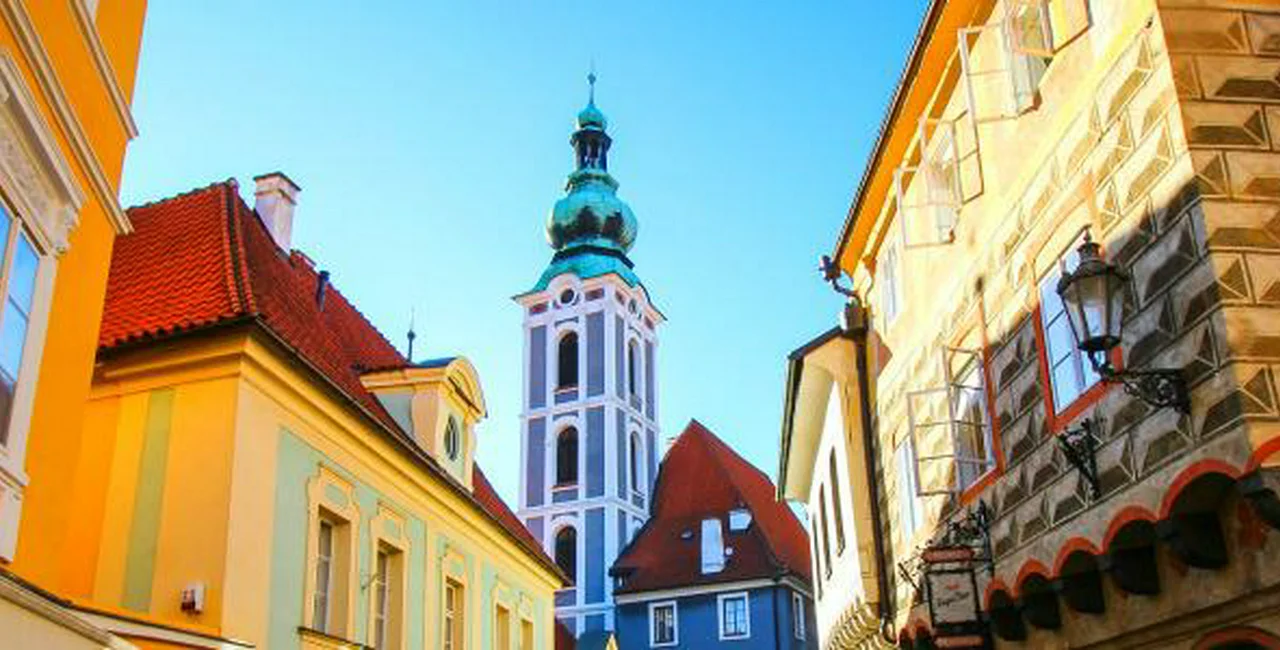Artist Kateřina Šedá is offering up a dream job this summer: the opportunity to live in the center of Český Krumlov for three months.
This living art installation, planned for June-August 2018, will be a part of the Czech-Slovak pavilion at the 16th International Architecture Biennale in Venice.
Operating under the fictitious company name Unes-co, the project’s aim is to address the absence of ordinary life in the tourist centers of historic cities, specifically Venice and Český Krumlov whose local populations are increasingly edged out of the cityscape.
“Houses in which no one lives. Stores that no one needs. Streets where people do not meet but avoid each other. These are the characteristics of socially excluded locations, but also some of the most beautiful cities in the world on UNESCO’s national heritage list,” Šedá says.
In an attempt to gradually reverse this global trend, Šedá is making available homes and apartments that will facilitate the return of ordinary residents who will live and “perform” in the center for three months.
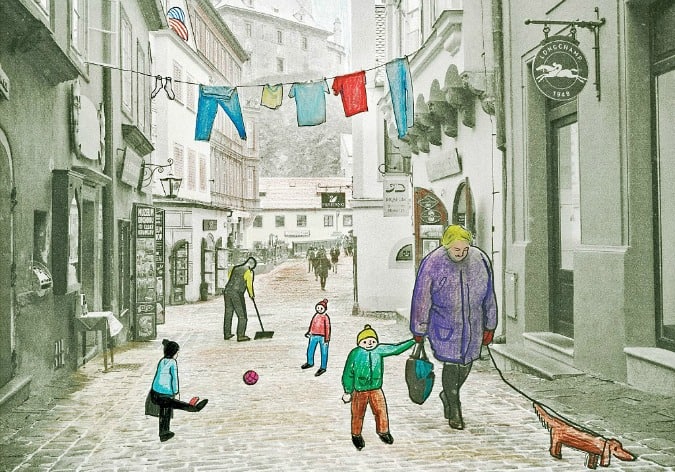
Participants will receive free accommodation and a wage for hanging laundry from windows,playing football on the street, or pushing strollersin the city center.
The Czech-Slovak pavilion in Venice will function as the seat of Unes-co. Visitors can browse mock brochures and watch a live broadcast from Český Krumlov inside the pavilion.
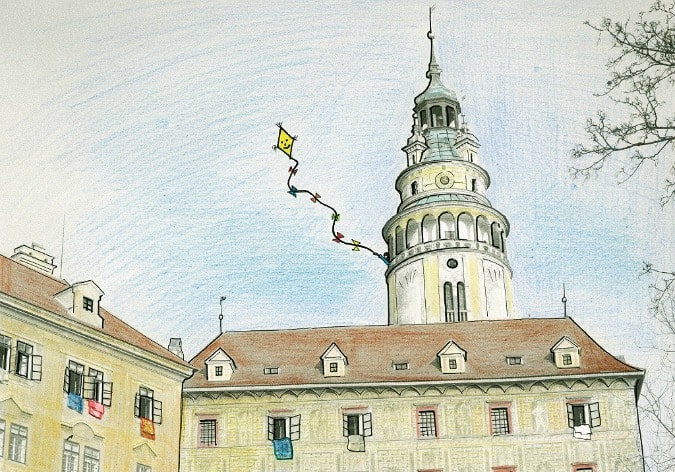
Šedá maintains that her goal is not only to draw attention to the phenomenon of tourist blight but to find solutions to the problem.
“My goal is not just to criticize tourism, but to come up with a way to stop the stranger and give him for a moment, the opportunity to become a local. Eye-to-eye view is the key to the excluded site becoming a common place,” adds Kateřina Šedá.
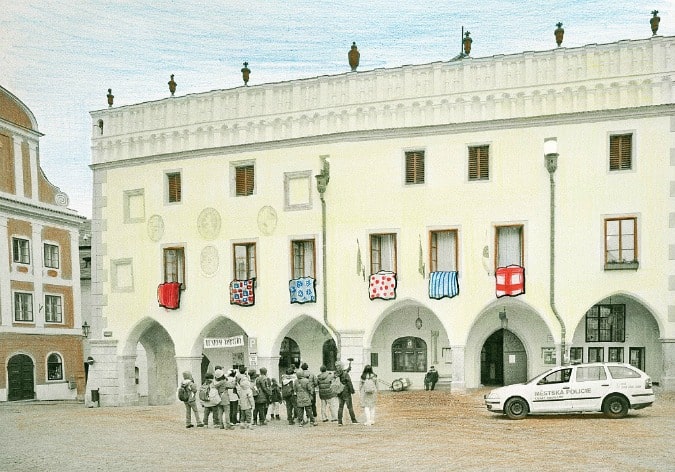
Last summer, city officials were mulling over a tourist toll in an effort to protect Český Krumlov’s monuments and preserve its authenticity.
The application, in Czech, is here and does not specify a nationality, just a call to families and individuals “who are willing to operate a normal life in the streets of a city, dominated by tourism.”
The deadline for applying is April 20, 2018.











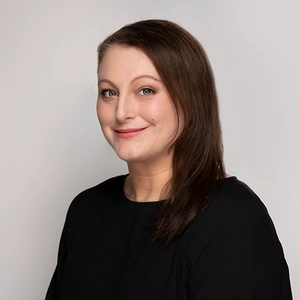
 Reading time: 2 minutes
Reading time: 2 minutes 